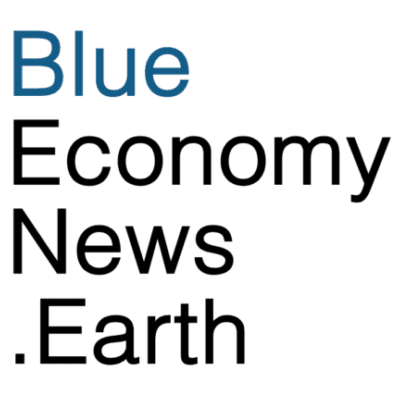The Frontier Climate coalition has facilitated $1.75 million of carbon removal purchases from Karbonetiq (United States), Limenet (Italy), and pHathom (Canada) on behalf of buyers Stripe, Shopify, and Google. Frontier buyers are the first customers for two out of three companies tackling ocean acidification.
Stripe, Alphabet, Shopify, Meta, and McKinsey Sustainability launched Frontier in 2022 to make advance market commitments (AMC) to accelerate the development of permanent carbon removal technologies. The founding companies plan to commit $1 billion by 2031 over the next nine years to purchase permanent carbon removal from suppliers building promising new solutions.
The ocean absorbs the excess CO2 produced by the burning of fossil fuels. In the past 200 years alone, ocean water has become 30% more acidic—faster than any known change in ocean chemistry in the last 50 million years. This ocean acidification has significant impacts on calcium carbonate, making it more difficult for corals, oysters, mussels and other creatures to form shells and, in fact, eroding shells and corals. Several methods for mitigating ocean CO2 absorption, called marine carbon dioxide removal or mCDR have surfaced and been funded. However, a recent study shows that, as with any human-designed solution to climate change, a failure to think in terms of ecosystems rather than symptoms can lead to even bigger problems.
Frontier’s prepurchase program supports early-stage companies piloting new carbon removal solutions by buying their early tons. Companies in this round accelerate the development of two promising yet underexplored approaches (among the high-potential approaches previously identified by Frontier):
Ocean alkalinity enhancement (OAE) refers to a broad set of approaches aiming to increase the alkalinity of surface waters, boosting the ocean’s natural ability to absorb CO2 and store it as bicarbonate, thus reducing ocean acidification. One specific method, ocean liming, uses high-purity, fast-dissolving minerals like hydrated quicklime, which is produced by heating widely available limestone. Studies suggest large-scale ocean liming could remove several billion tons of CO2 annually, though producing low-carbon quicklime remains a key bottleneck. As an added benefit, OAE reverses ocean acidification locally, improving conditions for coral reefs and shellfish.
Surficial mineralization accelerates the natural reaction between atmospheric CO2 and alkaline minerals found in rocks (e.g., ultramafic mine tailings) or industrial residues (e.g., steel and nickel slags), neutralizing the pH and reducing ocean acidification. Crushing or grinding these materials exposes fresh, reactive surfaces, compressing the reaction process from geologic timescales to years or decades. As an added benefit, some mineralization approaches can help clean up mine waste or recover additional critical metals needed for the energy transition. The approach could, in principle, deliver over a billion tons of carbon removal annually. But scaling it depends on keeping the energy use and emissions from producing, transporting, and milling the feedstocks low enough to make it effective and affordable.
The coalition committed to buy 2,142 tons from Karbonetiq, a U.S. company that takes alkaline industrial residues that naturally absorb CO2 from the air, then processes and cycles them through a low-cost, passive aeration system. The company then uses sensors and software to measure how much carbon is captured. Karbonetiq said its process could significantly improve mineralization rates and reduce the land required for deployment, allowing projects to be co-located with existing industrial activities
The group has committed to buy 330 tons from Limenet, an Italian company that is developing a custom electric kiln to produce zero-carbon quicklime—a clean, fast-reacting feedstock that can be mineralized on land or used for OAE. Limenet’s carbon-free quicklime enables a range of promising approaches to scale, including surficial mineralization, ocean liming, and mineral looping DAC. It can also support broader decarbonization efforts by replacing industrial quicklime commonly used in applications like steel production and cement manufacturing.
And the coalition plans to buy 510 tons from pHathom which captures CO2 emissions from coastal bioenergy plants using a slurry of limestone, seawater, and biocatalysts inside a weathering reactor. The company said this forms a stable bicarbonate solution that can be safely discharged into the ocean. The company said their approach provides a critical storage solution for coastal projects across bioenergy with carbon capture and storage (BECCS), direct air capture (DAC), and industrial carbon capture and storage (CCS), enabling scalability where geologic injection is not feasible. Their biocatalyst could facilitate the wider use of limestone for other carbon removal approaches, including field weathering and inland water alkalinity enhancement.

